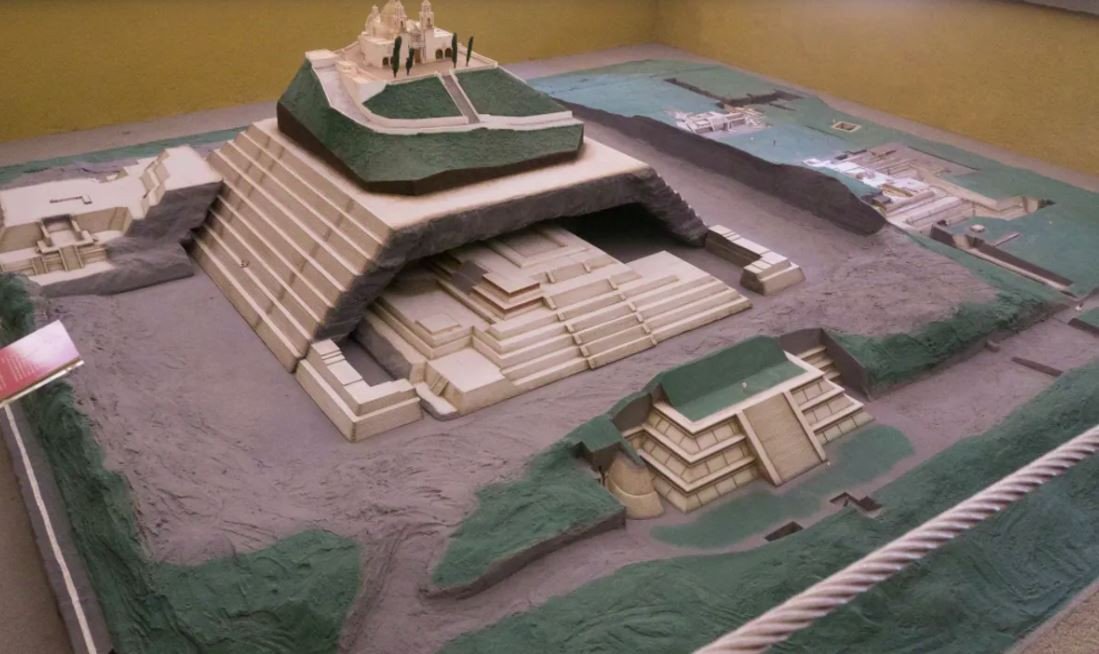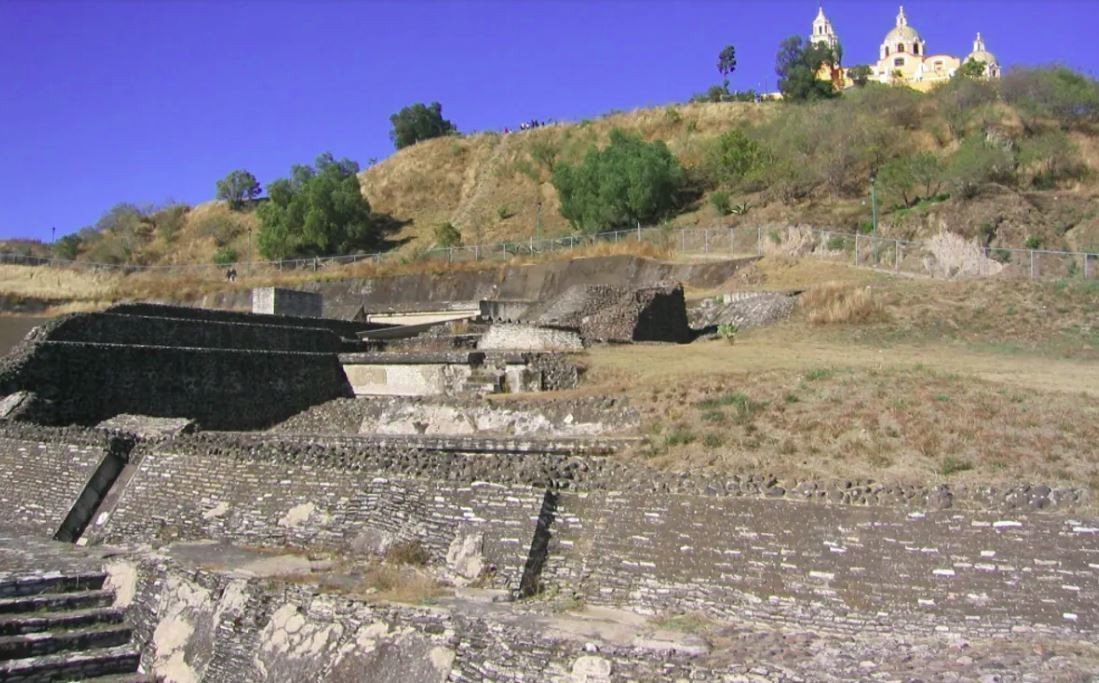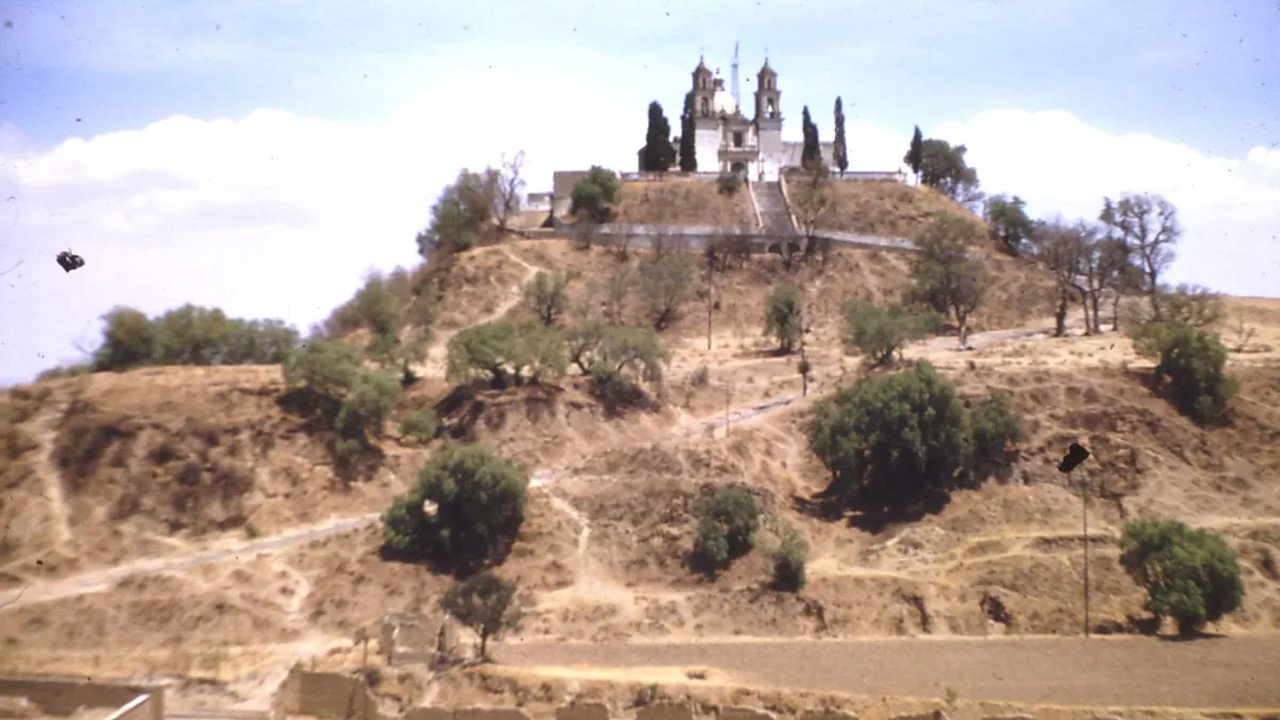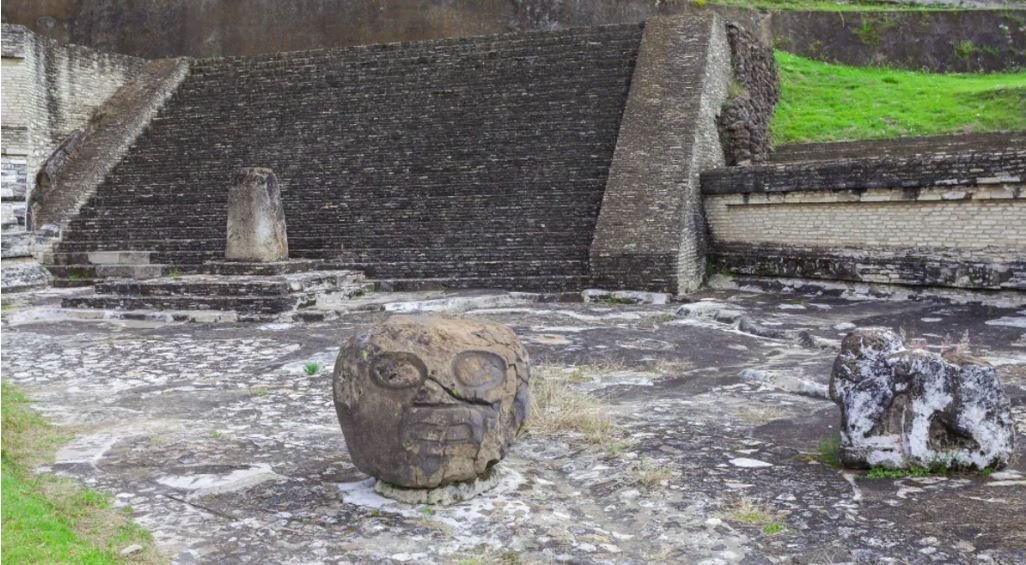In Mexico, the Great Pyramid of Cholula, also known as the Great Pyramid of Tepanapa, is a man-made structure that went unnoticed when the area was occupied by the Spanish army in 1519, but is actually 2,000 years old. Considering that it is the largest pyramid in the world, it is possible to find it strange that it went unnoticed. The reason for this was quite simply that the pyramid was hidden inside a hill.
The Cholula Massacre was one of the most notorious attempts by Hernán Cortés, who raided the city of Cholula on October 12, 1519. Cortes’ army arrived in the area in anticipation of a battle, but encountered a holy city believed to be home to a sacred pyramid. And in the end, 3,000 people, equivalent to 10 percent of the city’s population, were slaughtered; Many pyramids were looted. Having captured many religious monuments, the Spaniards settled in Cholula and began to establish their own churches.
One of them, the Iglesia de Nuestra Señora de los Remediosa, was built on the top of the Great Pyramid of Cholula by chance and settled into a hat position in the hidden pyramid.
 The pyramid and the church built on it
The pyramid and the church built on itAt 66 meters high and 450 meters wide, this pyramid is the largest in the world and has almost twice the volume of the Great Pyramid of Giza. It is known to be the largest monument ever built by humans in Mesoamerica.
“There was a man-made hill called Tlachihualtepetl in Cholula,” writes Durán Diego in The Book of the Gods and Rites and the Ancient Calendar [1576 – 1579], archaeologist and author Geoffrey McCafferty adds. it was so named because it was said to be built to climb; Today it stands in ruins. This hill was very sacred; There was widespread and unending worship, prayers, great sacrifices, offerings, and killing of people.”
As for how the enormous pyramid was buried… It is not yet known for certain. One theory suggests that the dizzying structure remained underground after a long period of inactivity, perhaps because it was abandoned due to volcanic activity or flooding. Another says it may have been intentionally buried by the Aztecs in preparation for the arrival of the Spanish invaders.
How it happened is unknown, but when Cortés and his men arrived, the world’s largest pyramid had been turned into a believable hill, and its top was deemed fit for a church. La Iglesia de Nuestra Señora de los Remedios still sits atop Tlachihualtepetl today.
However, this pyramid would go unnoticed for much longer…

McCafferty writes: “But the pyramid’s archaeological significance was quickly discovered when ‘excavations’ by the Franciscan priest Toribio de Motolinia in 1535 uncovered ‘idols’ and conch trumpets from the summit of the Great Pyramid while erecting a cross.”
In the early 19th century, German explorer Alexander von Humboldt began archaeological research in the area. He called the pyramid in Mexico “the largest, oldest and most famous of all pyramidal monuments”. By the 1930s, further research began to tear apart its exterior.
In the 1970s, a series of tunnels with a total length of 8 kilometers provided further access to the interior of the pyramid and its many layers. McCafferty estimates that Tlachihualtepetl had four construction phases within it, including smaller extensions and buildings that were eventually swallowed up in the later stages of construction.

Construction styles included mud bricks made of mud that were extremely durable in the climate of the region, while other bricks were covered with mortar and some finished with plaster. The placement of the pyramid, built on a natural spring with an inner chamber that may have acted as an artificial “cave” to symbolize a portal to the underworld, also seems to have been carefully chosen in the context of its surroundings.
McCafferty explains that his cosmological orientation, 24-26° north of the west, may also have touched the summer solstice. The western staircase of the pyramid faces the sunset as the temple at its apex receives the last light on the longest day of the year, McCafferty said. But we know very little about its construction, so it is difficult to know how deliberate these decisions were and whether they were truly incorporated into the spiritual practice of the structure.
The innermost of the stacked pyramid structures was a square pyramid about 17 meters high. Within it were discovered preserved paintings depicting an insect-like body with a skeletal head captured in vibrant colors, “perhaps a butterfly in the process of metamorphosis,” McCafferty said.
It is surrounded by a second pyramid that stretches up to 35 meters high, with steps on all sides making it accessible from all directions. After a few modifications, when the third phase begins, the total height of the pyramids rises to 66 meters and their base dimensions reach 350 meters on both sides. At this point the pyramid consisted of huge platforms arranged around a central hill.

Among the notable features later discovered of the pyramid and its many extensions is the Courtyard of Carved Skulls, named after the plaster-clad human skulls placed on its altar. Inside this altar were the remains of a man and a woman, as well as grave goods that McCafferty counts among the “richest” tombs known from Cholula…